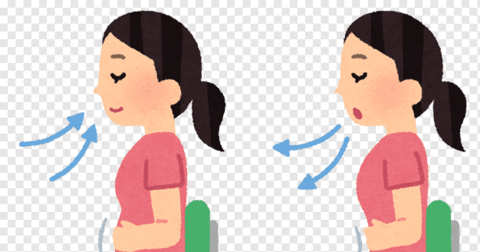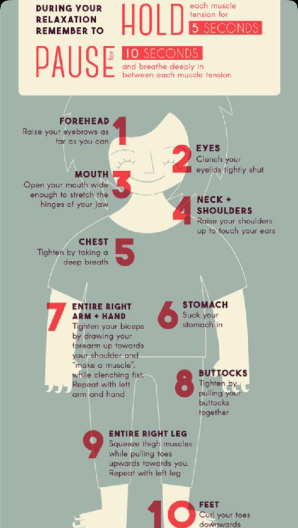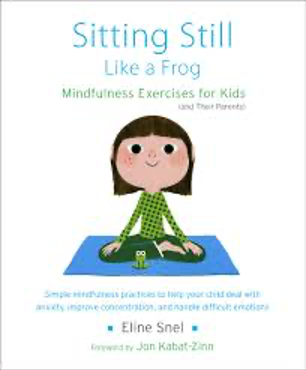Breadcrumb
- Home
- Support Resources
- Self-Help Guidebook
- The International Community
- Anxiety and Stress Management
Anxiety and Stress Management
Given the uncertainty imposed by the pandemic and other possible sources of stress, we may be experiencing anxiety and stress. It is normal for us to have reaction to external stimuli, and at the same time, we can actively cope with these sources of stress. In this handout, we are going to discuss why anxiety is happening, the different ways anxiety manifests itself, the difference between healthy anxiety and less healthy ones, and ways to cope with it.
Fight/Flight/Freeze Response
Essentially, the most primitive part of our brain (our amygdala) has an evolutionary basis in protecting us from danger. When our ancestors lived in the wilderness and needed protection from animals (like a bear) and/or other predators, this part of our brain will help them to either fight the predator, flee from the situation, or freeze to assess the situation and avoid detection.
The way our bodies physiologically respond to anxiety today is the same as how early humans responded to threats. But, in general, the threats we face today are different, like an exam.
Ways that we experience stress and anxiety
Physical Symptoms
- Increased heart rate
- Shortness of breath
- Chest pain or pressure
- Choking sensation
- Dizziness, lightheadedness
- Sweating, hot flashes, chills
- Nausea, upset stomach, diarrhea
- Trembling, shaking
- Weakness, unsteadiness, faintness
- Tense muscles, rigidity
- Dry mouth
Cognitive Symptoms
- Fear of losing control, being unable to cope
- Fear of physical injury or death
- Fear of “going crazy”
- Fear of negative evaluations by others
- Frightening thoughts, images, or memories
- Perceptions of unreality or detachment
- Poor concentration, confusion, distractibility
- Narrowing of attention, hypervigilance for threat
- Poor memory
- Difficulty in reasoning, loss of objectivity
Behavioral Symptoms
- Avoidance of threat cues or situations
- Escape, flight
- Pursuit of safety, reassurance
- Restlessness, agitation, pacing
- Hyperventilation
- Freezing, motionlessness
- Difficulty speaking
Emotional Symptoms
- Feeling nervous, tense, wound up
- Feeling frightened, fearful, terrified
- Being edgy, jumpy, jittery
- Being impatient, frustrated
Difference between everyday stress and unhealthy anxiety
| Everyday Anxiety (Stress) | Anxiety Disorder |
|---|---|
| In response to a known environmental factor | In response to an unknown source or in response to the experience of stress |
| Symptoms go away when the stressor goes away | Symptoms remain despite no identifiable stressor |
| Worry about living away from home for the first time, passing a class, a romantic breakup, or other important life events | Constant and unsubstantiated worry that causes significant distress and interferes with your daily life |
| Embarrassment or self-consciousness in an uncomfortable or awkward social situation; feeling nervous about meeting new people | Avoidance of social situations due to fear of being judged, embarrassed, or humiliated |
| Feeling nervous or sweating before a big test, class presentation, stage performance, or other significant event | Panic attacks that seem out of the blue and preoccupation with the fear of having another one |
| Realistic fear of a dangerous object, place, or situation (e.g. fear of poisonous snakes) | Irrational fear or avoidance of an object, place, or situation that poses little or no threat of danger (e.g. fear of elevators) |
| Making sure that you are healthy and living in a safe environment | Performing uncontrollable repetitive actions, such as excessive cleaning, checking, touching or arranging |
So, how can we tell ourselves to respond differently?
Learn how to do diaphragmatic breathing

Here is a link that teaches you how to do it.
https://www.youtube.com/watch?v=vMjTJf4-xz0
https://haokan.baidu.com/v?vid=7835273040669239448&pd=bjh&fr=bjhauthor&type=video (Chinese)
Or learn to do progressive muscle relaxation

Here is a link that provides verbal instruction for you.
https://www.youtube.com/watch?v=SNqYG95j_UQ
https://v.qq.com/x/page/v0346z1vgds.html (Chinese)
Learn to practice mindfulness exercise

Here is a link that helps you do it.
https://www.youtube.com/watch?v=O-6f5wQXSu8
https://haokan.baidu.com/v?vid=11977925683555886398&pd=bjh&fr=bjhauthor&type=video (Chinese)